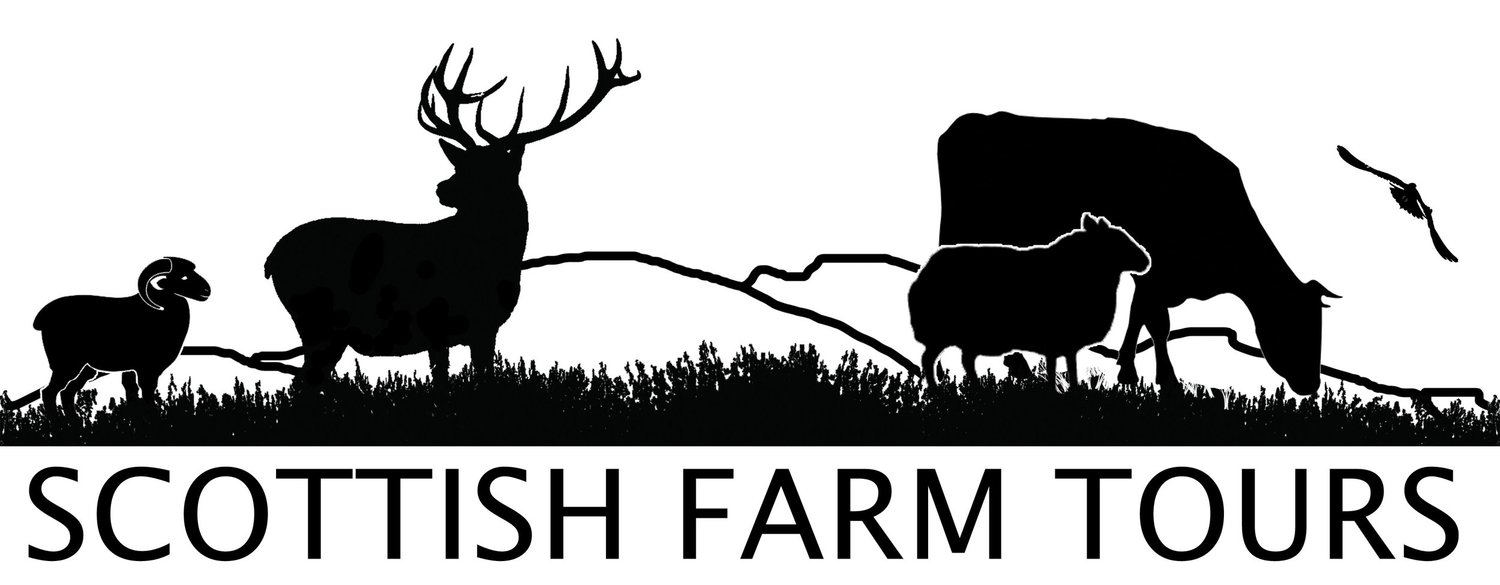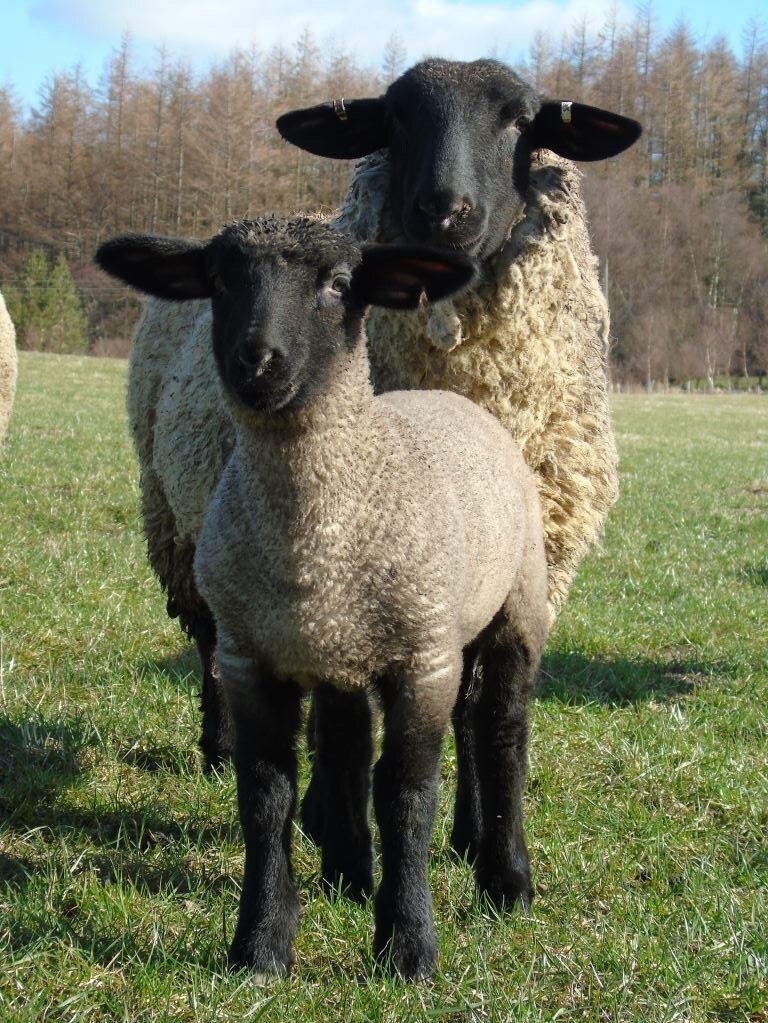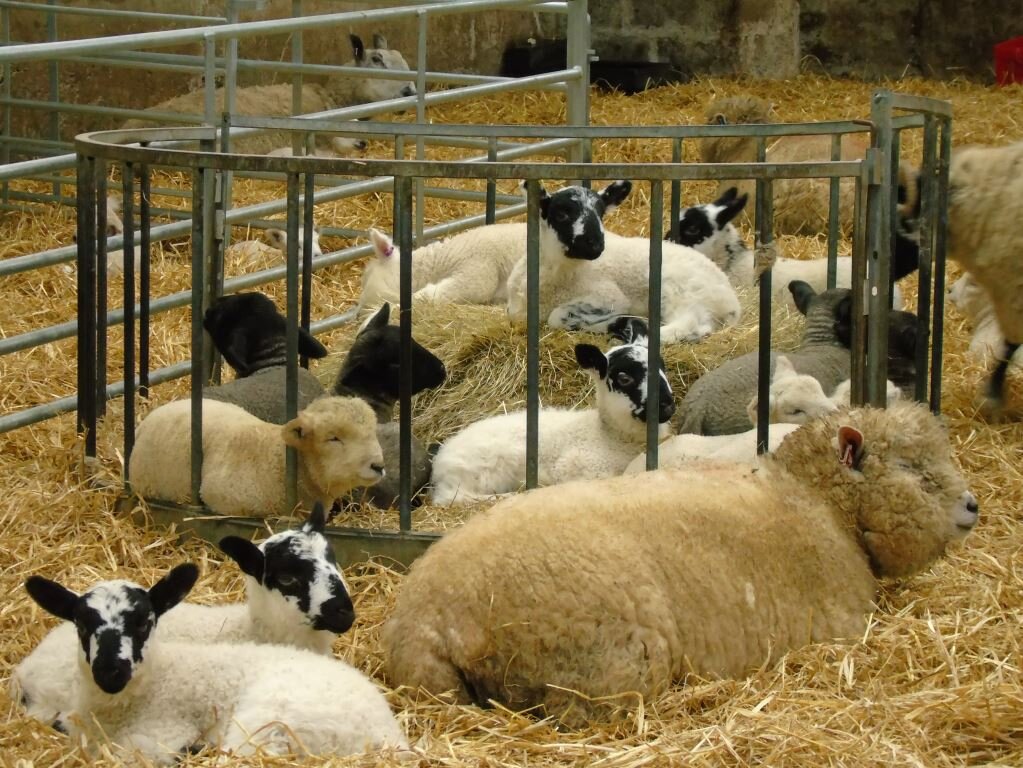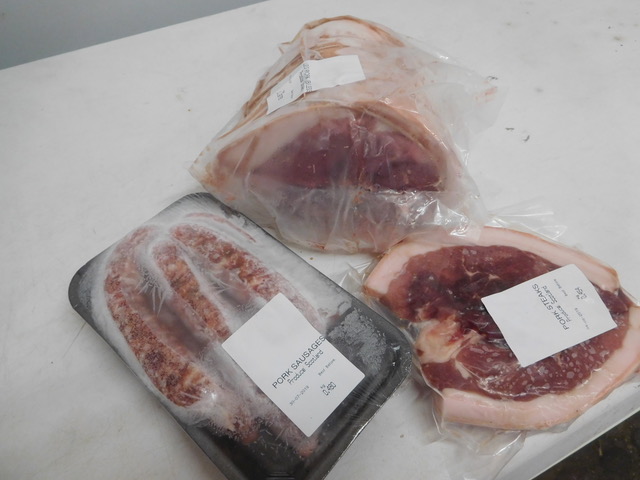Mid April to early May is the main lambing season at Ruthven. 750 sheep each give birth to one, two or sometimes 3 and very occasionally 4 lambs! All in the space of just over 3 weeks. So it is a pretty hectic time for us all. This year with the Covid lockdown we actually benefitted by having both daughters at home rather than at school or college so it really was a family effort. The weather was kind, (which helps both the sheep and the shepherd!) and the grass grew, so all in all it has been a very successful season.
Blackface ewe with very new lambs
Cheviot ewe with blue texel cross lambs
This mule has her hands full with 3!
We don’t turn many ewes out with 3 lambs to rear as we feel it is a bit hard on the ewe, who only has two teats so is only designed to rear 2. In most cases the third lamb is lifted off and fostered onto another ewe or bottle reared.
Poppy had 3 as well but reared 2…
…and look what a grand job she is doing!
Curly the Icelandic with her twins
This Shetland ewe with her Ryeland cross lambs is enjoying some shade
Blackie the Icelandic and her twins getting blown about!
But although the weather was good for the main part of lambing, we didn’t get away without snow completely – the next photo was taken on 10th May!
Bluefaced Leicester in snow
Lambs playing despite the chilly weather
This is “Stompy” – one of the mules who won a lot of prizes as a ewe lambs at the shows last summer, now with a lamb of her own.
The early born Suffolk lambs are now huge!
Sheep are inquisitive creatures…..
… and Maisy is not impressed!
Meg and Maisy ready for a ride on the quadbike
Now all the lambs are born, we have to work hard to keep them healthy and growing well. From late May onwards they are checked in the fields daily. When they are 4 weeks old they are vaccinated against Clostridial diseases, as the immunity they gained from their mothers milk is wearing off by then. From late May onwards they are regularly dosed with wormer and are given a topical treatment to repel flies and ticks.
Ewes and lambs coming in for dosing
Of course it’s not just sheep on the farm here – we are proud of the work we do to encourage wildlife by enhancing habitats , so it is lovely to hear the waders calling – snipe, peewits, oystercatchers, curlews, along with the skylarks singing on the hill.
Peewit numbers are good this year
Mother duck and her brood on one of our ponds
Roe deer
As I write this blog, things are starting to open up again after the lockdown and restrictions are gradually being lifted, so hopefully we can look forward to welcoming people back to the farm for tours before this year’s season is over. Until then we hope you all stay safe and well.
Lesley


















































































































